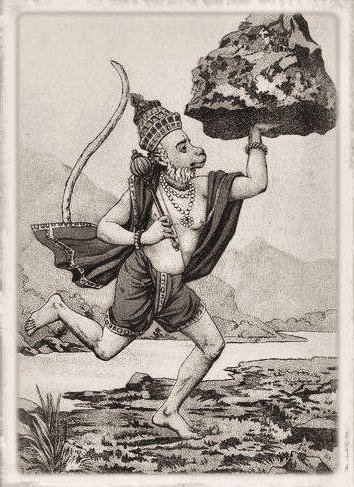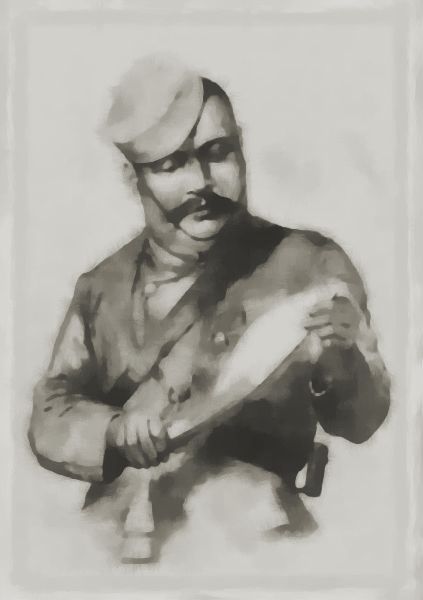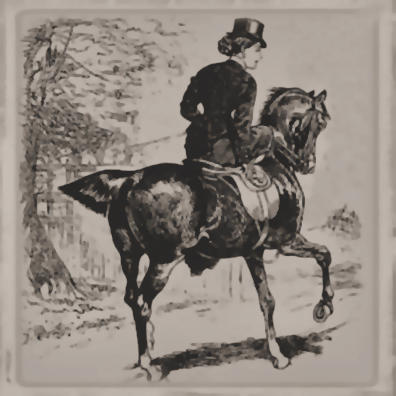Monkey Point,
Tapp's Nose and the Lady Grace

Monkey Point. The great Hindu epic Ramayana tells us that Lakshmana, the younger brother of Lord Rama was mortally wounded in battle on the island of Lanka, during their search for Lord Rama's wife Sita, who had been abducted by the demon king Ravana. Hanuman, fleetest and strongest of the simian gods, was despatched to fetch the life giving herb Sangivani which grew on the Dronagiri mountain in the Siwalik. When he got there however, Lord Hanuman could not find the growing herb, so in desperation, he took up the entire mountain wrenching it from the range, and sped back with it to Lanka. So Lakshmana was saved. Local legend has it however, that upon leaving the mountains, Hanuman's left foot touched down momentarily on the hill of Kasauli, whereupon a peak was formed in the shape of a foot. The feature has always been revered and latterly a temple dedicated to Lord Hanuman was built at the summit. Today it is known as 'Sanjeevni Hanuman'.


